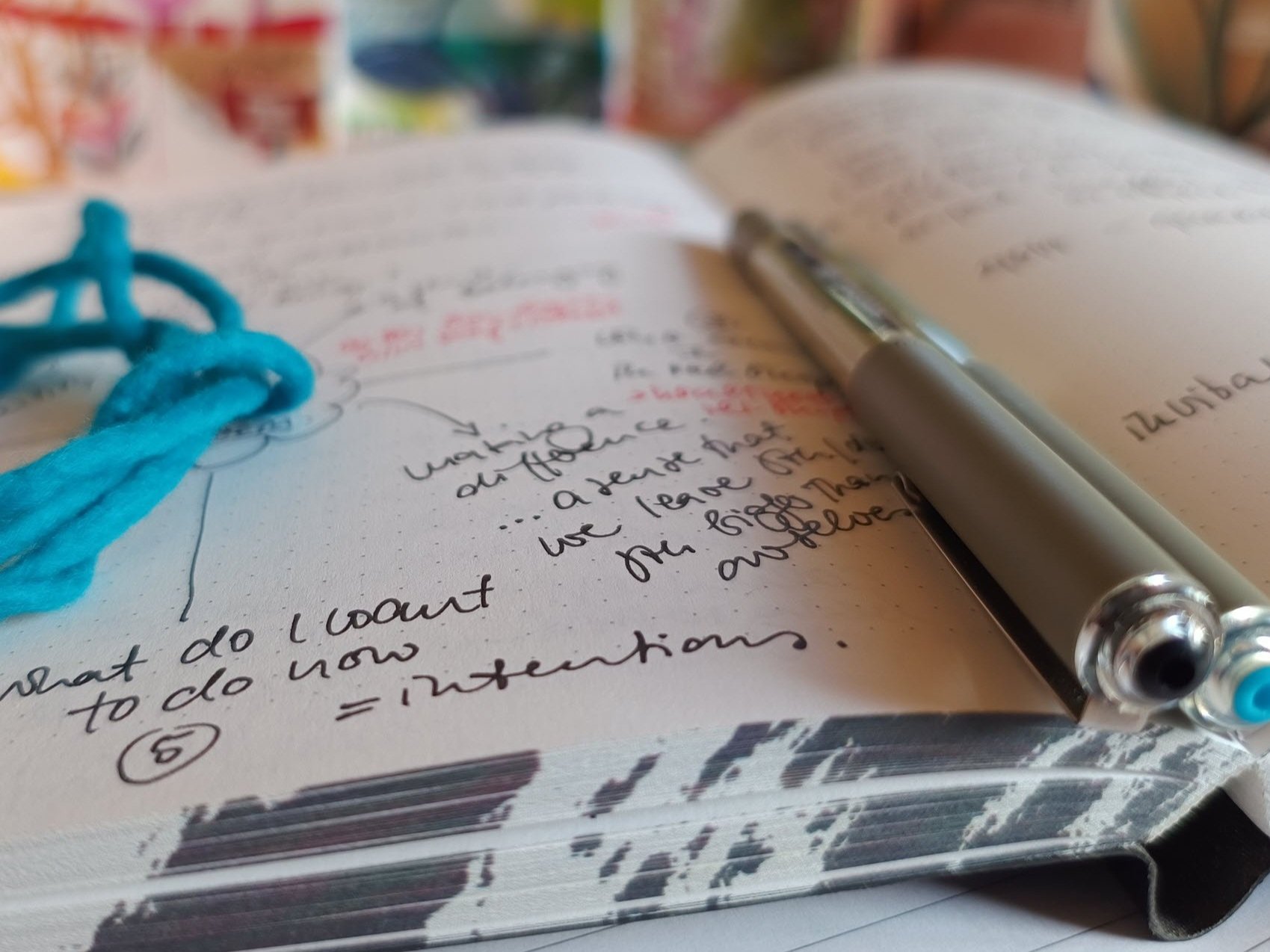A framework for reflection
Reflecting on action, in action and for action
Reflection can be used to consider a past experience, steer through the present moment or plan for future possibilities.
The end of the year is often a reflective time and a chance to look back before we move into the next round. The hope is that we emerge from our reflection with greater clarity, new insights and resolve for committed action.
When done well, reflection will indeed provide insight and clarity, whether we’re looking at the more ordinary experiences of day-to-day life or trying to process stressful, complex or unresolved experiences.
But some people experience the downside of reflection: they begin to feel a bit gloomy or start going round in circles, whether in their heads or on their journaling pages.
To stay in the constructive and forward-moving space of reflection we need to feel anchored and connected to ourselves, those around us and the world.
When we lose this sense of connection in our reflective practice, it’s indeed possible to drop into rumination or worry, feel overwhelmed or get caught up in an internal rant or looping thought carousel – none of which is moving us forward. Instead, it’s depleting and keeping us stuck.
Here’s a useful framework on reflecting on action, in action and for action:
Reflection on action
Our focus is on looking back and learning from the past to determine how we might act differently next time.
When we lose our sense of connection and safety during this review, there’s a risk of getting into rumination, regret, harsh self-criticism or feelings of guilt, blame or shame.
Reflection in action
We reflect in the moment and tune into the situation at hand to steer our immediate action.
When we lose our sense of connection and safety, we risk getting overwhelmed and our nervous system might protect us by shutting down. At this point we often find it hard or impossible to listen to our intuition or gut feeling.
Reflection for action
This is a way of reflecting forward, to imagine future scenarios and prepare for different courses of action.
When we lose our sense of connection and safety here, we might start catastrophizing, feeling anxious or worried and our nervous system deploys the protective response of procrastination or resistance.
Make your reflective practice a nourishing experience
To keep reflective practice a nourishing and insightful experience, my facilitation of my reflective practice programs weaves together a few strands:
Arts-based coaching: infusing our reflections with creative processes: these processes include a range of modalities, work with everyday materials and don’t have to involve image making or drawing if that’s not your thing.
Polyvagal Theory - the science of connection: staying in a state of safety and connection based on my understanding how the nervous system can get regulated and dysregulated.
Trauma-informed coaching: my trauma-informed perspective supports you in looking out for recurring patterns and how to gently re-shape them.
Meaning-focused coaching: using a sensemaking-framework like the Map of Meaning® can be a useful container and scaffolding to keep reflective practice on track and energised.
If you want to develop a reflective practice that nourishes and energises you, connects you with your true self and helps you take actions toward meaning and fulfilment - my next reflective practice program start on July 10th, 2025.
It’s a small group program, delivered online and for anyone who is curious about cultivating their arts-based reflective practice and getting intentional about their choices in everyday life.
Find out more about Creative Reflections!


